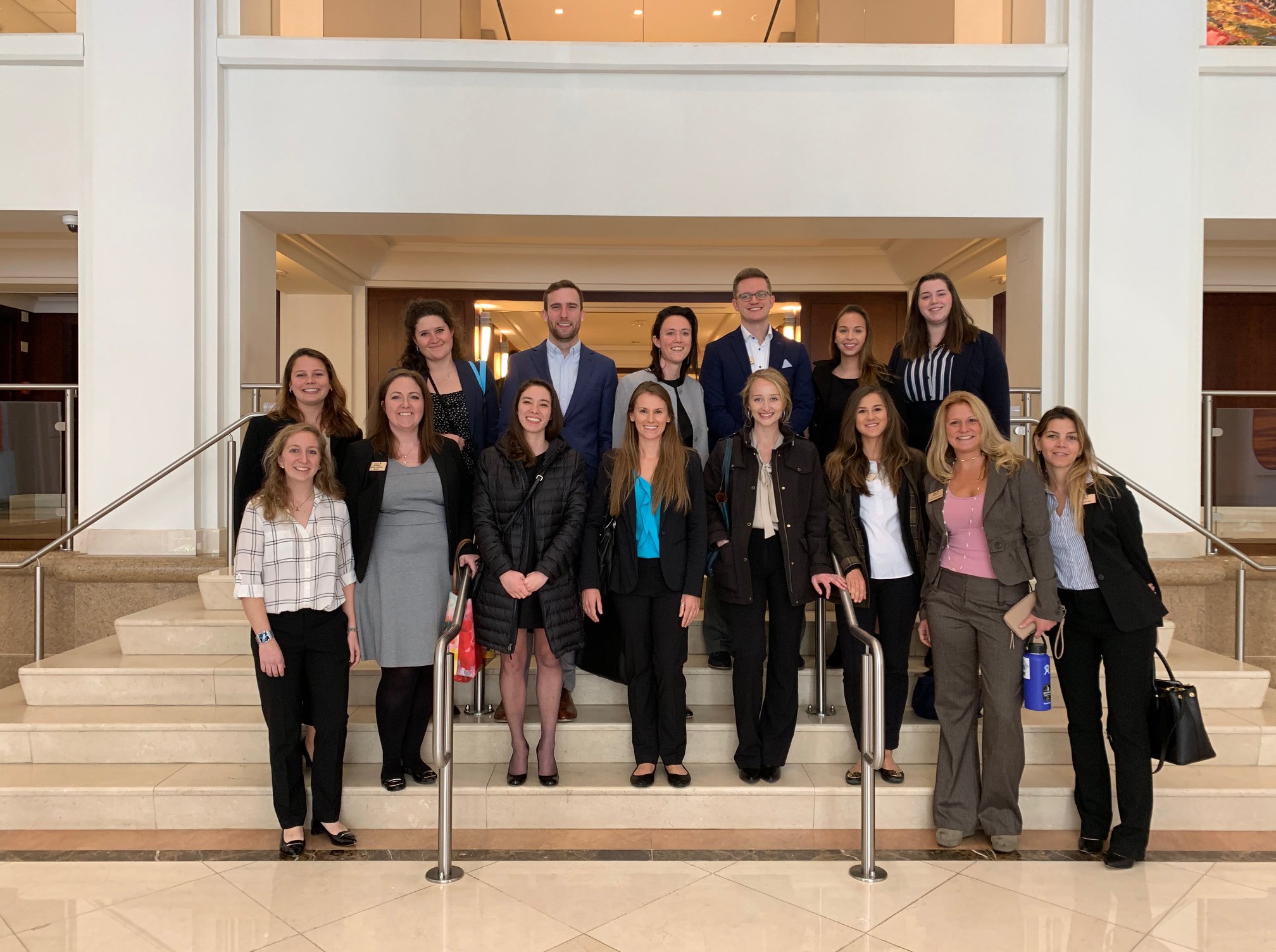I realized I owed everything I had achieved in my professional career to Duke University and the education I received as a student there, and the continued education and professional opportunities it made available to me after I graduated.
Tom Mowbray
A love of the outdoors leads to study of biology
The route to when and why I decided to leave a gift to the Nicholas School of the Environment is long and complex, but it begins with my childhood in Northern Minnesota. I grew up in Duluth, in a very modest home at the end of the street — the street where the grid of streets and avenues ended.
Everything beyond our house was undeveloped land in various types of vegetation and stages of maturity. I took full advantage of this environment by spending a great deal of time in both summer and winter hiking throughout the forests and fields, wading into ponds, and walking up streams turning over rocks.
As a result, I became very familiar with the plants and animals of the area, in particular the names of the common plants and the recognition of birds by both sight and sound. Thus, it was only natural that I selected Biology as my major when I entered college at the University of Minnesota Duluth (UMD).

Getting research experience across North Carolina
The courses I took at UMD were taught by excellent professors who prepared me extremely well in the various subfields of botany. What I didn’t get was any research experience.
I applied to Duke and one other university in botany/ecology. I was accepted by Duke and, even though I didn’t know much about it, promptly returned my acceptance. (Keep in mind this was well before the Nicholas School of the Environment existed). I arrived at Duke in the fall of 1962 excited but also nervous about my lack of research experience.
Once fall semester was underway, I asked that Dr. H.J. Oosting serve as my Major Professor. He very quickly dealt with the research issue by suggesting I do a master’s degree project before going on for a PhD. The research he suggested involved the study of vegetation gradients on mountain slopes of the Southeastern Escarpment of the Blue Ridge mountains.
During the summer of 1963 I lived in a tent in the gorge along with a mountain family, where I learned the methodology of field research – as well as a whole new flora – while collecting data along 30 transects up the sides of the gorge. In August I worked up the data and, upon returning to Duke, wrote it up for my MA thesis.
The resulting publication served as a basis for a National Science Foundation (NSF) grant to study the underlying factors that influence the vegetation gradients. This grant supported my PhD research, which was published in the journal Ecological Monographs in 1967.
Upon completion of my PhD, I was offered a two-year postdoctoral opportunity at Duke as a coordinator of graduate teaching assistants in a new General Biology course. A lot happened during those two years. During the summer of 1966 I got married to Louise Jaquette, a zoology major at Duke. I had the opportunity to spend two summers in Beaufort at the Duke Marine Laboratory, where Louise was taking courses for her master’s degree in biology.
While she was taking courses, I had the chance to expand my familiarity with the coastal flora. Those two summers were delightful, and as I look back, were two of the most enjoyable summers of my life.
From Green Bay to Winston-Salem
At the end of the summer of 1968, Louise and I had to leave Duke for Wisconsin, where I had accepted a position at the new University of Wisconsin Green Bay (UWGB) as an ecologist. We remained in Green Bay for 10 years, long enough for me to win a teacher of the year award and to help the university begin the development of an arboretum.
We left Green Bay to move back to our beloved North Carolina, where I was offered a position as a professor and Chairman of the Biology department at Salem College in Winston-Salem, N.C.
Throughout my career at both UWGB and Salem College, I pursued my love of teaching in a variety of venues, from traditional classroom teaching to taking the class on field trips to places such as the Duke Marine Lab, the Blue Ridge Mountains, the Smithsonian Institution, Jamaica, Galapagos Islands, Kenya, and Costa Rica. While at Salem I also began to engage in research that involved my students. In a couple of instances, the projects led to publications.
Coming “home” to Duke
In 1984, when I became eligible for a sabbatical, I spent that full year at Duke. While there I sat in on courses, reviewed articles and textbooks for the journal Ecology and contracted with USFW to assess the population dynamics of plant species that were being considered for listing as endangered.
It was during this year that I met Dr. William Schlesinger, who would later become dean of the Nicholas School of the Environment. I went into his office one day to ask him a few questions about a research project I was doing on a fen located on Bluff Mountain, N.C. He not only answered my questions but suggested how I could expand the project and offered me the use of his laboratory to analyze my samples. This project led to a publication and an opportunity for me to present the paper at the International Botanical Congress in Berlin, Germany.
At the completion of my sabbatical year, professional opportunities really started opening up for me. I was asked to participate in the evaluation of NSF graduate fellowships in Washington, D.C. In 1989-90 I was awarded a Fulbright Scholarship to teach and do research in Uganda. And, in 1996 I was awarded a three-year NSF Research Grant to study the Palms of the La Selva Biological Preserve in Costa Rica.
A gift that grew over time
Much later, in 2002, I was responsible for getting a speaker for about 200 college and high school instructors of Environmental Science, and I immediately thought of Dr. Schlesinger. He agreed to speak, and afterwards when I offered him the stipend, he refused it and indicated I should give it to the Nicholas School. I did, and it was the start of my annual gifts to the school and ultimately modifying my last will and testament to include the Nicholas School.
I realized I owed everything I had achieved in my professional career to Duke University and the education I received as a student there, and the continued education and professional opportunities it made available to me after I graduated.




